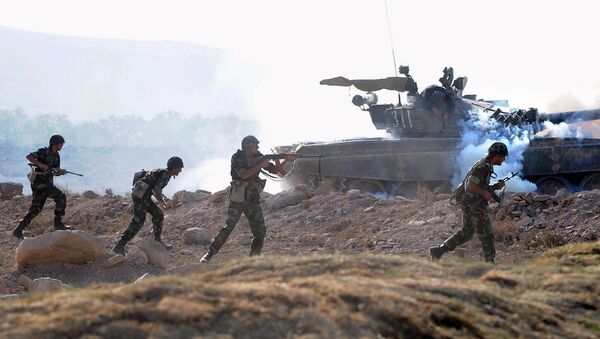The document states that a Unified Command structure will be created to manage the force, which will be established "to ensure the security of parties in the Caucasus region." The group's prerogatives will include repelling any armed attack on either party, as well as defending the state borders of Armenia and Russia.
Studying the document, Sputnik Armenia explained that the commander of the unit will be appointed and dismissed by the Supreme Commander of the Armenian Armed Forces – the country's president, in agreement with the Supreme Commander of the Russian Armed Forces (Russia's president). Once signed, the agreement will be valid for five years, and be automatically renewed unless one of the parties expresses a desire to abrogate it.
According to the agreement, in peacetime, the commander of the group will be subordinated to the Armenian General Staff; in wartime he may be subordinated to the commander of the Russian Southern Military District.
The document has been submitted to the Russian president for signature.
The significance of a joint group of forces is exemplified by Armenia's strategic position in the Caucasus. The small, landlocked country borders Azerbaijan to its east. The region saw clashes between the two countries in spring 2016 over Nagorny-Karabakh, a contested territory which Yerevan and Baku have fought over since the late 1980s. To Armenia's west is Turkey, a country Yerevan has had difficult relations with for decades, caused mainly by Ankara's continued refusal to recognize the Armenian Genocide of 1915-1917.
To the country's southeast is Iran; relations with Tehran are positive, and benefited by the growing strategic ties between Iran and Russia. Finally, to its north is Georgia. Armenia's relations with that country have generally been cordial, but complicated by Tbilisi's aspirations to join NATO.



